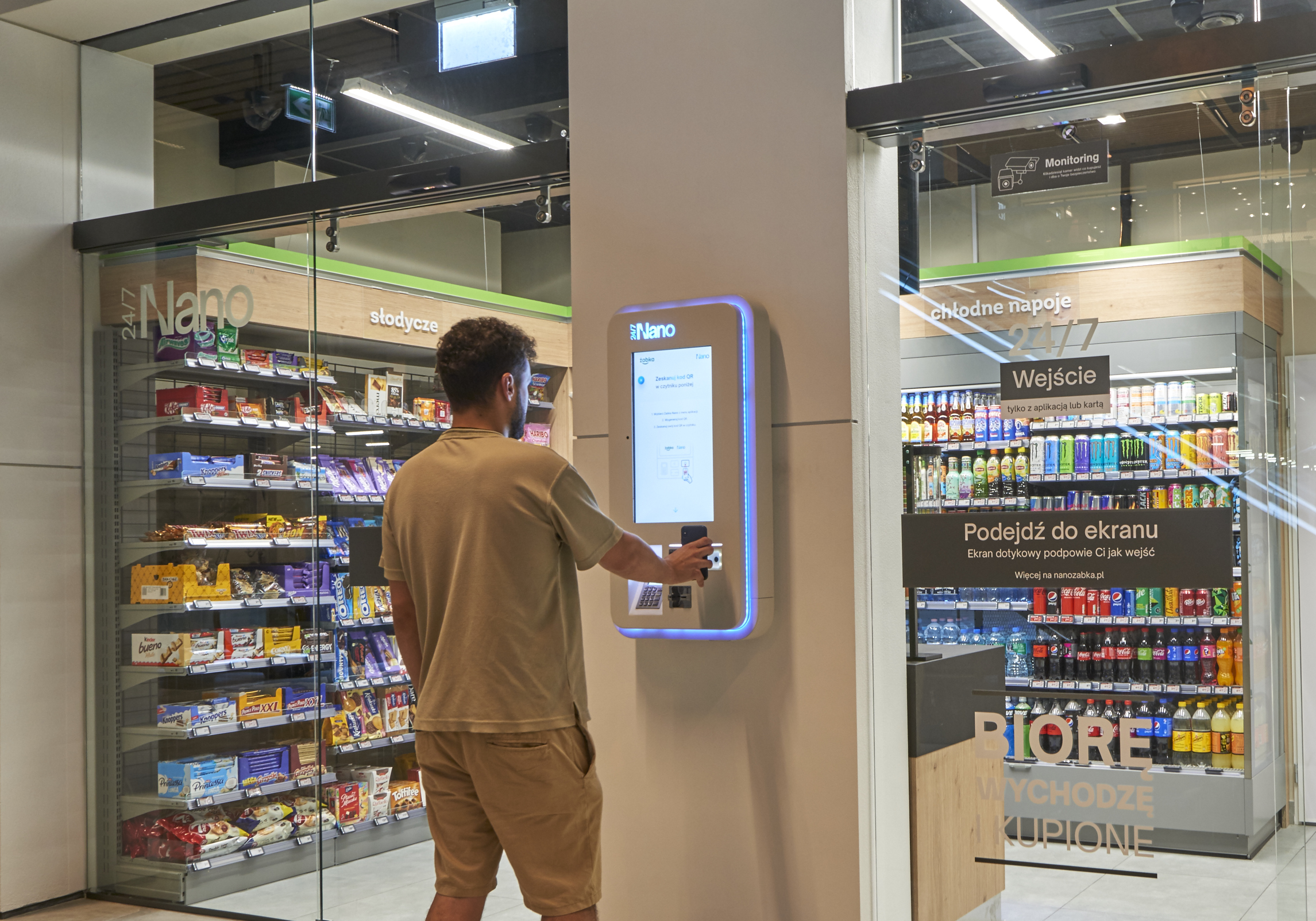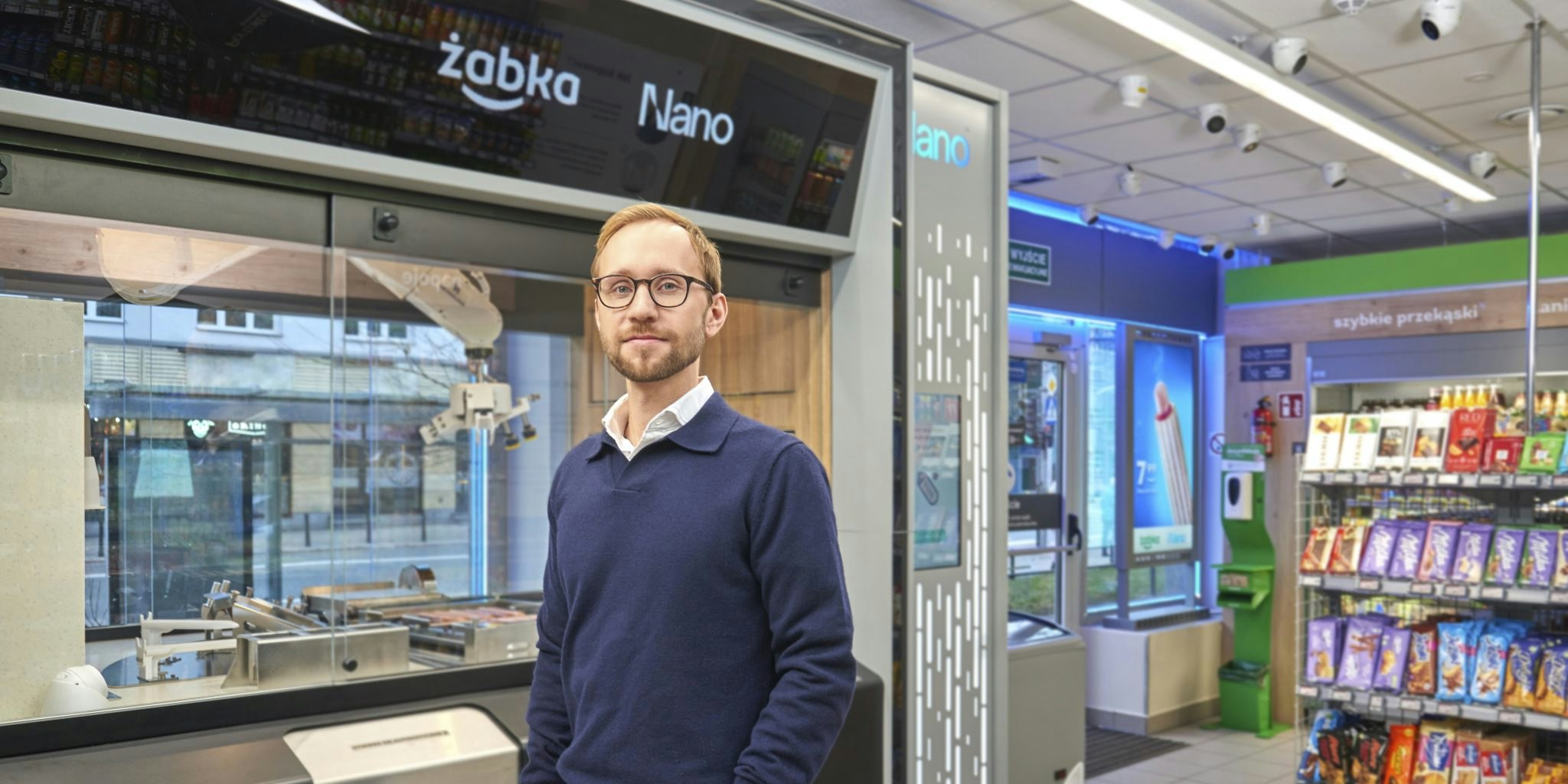Dating back to the first vending machine developed in London in the early 1880s to sell postage stamps, autonomous shopping has had a long history.
In 2018, there were an estimated 350 stores in the world offering a fully autonomous checkout process — and this is expected to grow further with 10k autonomous stores anticipated by 2024.
But since then, consumer preferences have shifted: There’s an increased demand for personalisation, on-demand delivery, sustainable consumer choices and the growth of AI.
So how have autonomous stores been affected by these new market trends — and is the sector still on track to hit 10k stores in 2024? Sifted sat down with the experts to find out.
An increased demand for personalisation
Scaling personalisation has been shown to be one of the key retail trends of 2023. Consumers respond well to personalisation throughout the shopping process — from sales and marketing to upselling and after-sales support.
Brands are increasingly relying on consumer data, algorithms and online surveys to fulfil this growing demand for customised products.
For Natasha Thakkar, head of marketing at AiFi, an AI-powered platform that helps retailers scale autonomous shopping solutions, the boom in AI presents the perfect opportunity for it to be used more widely in enabling personalisation in autonomous shopping.
“AI analyses consumer purchase patterns, previous transactions, interests, demographics and other relevant data to help suggest personalised recommendations to the consumer,” she says. “This increases the likelihood of them making a purchase and interacting with the brand more frequently.”
AI analyses consumer purchase patterns, previous transactions, interests, demographics and other relevant data to help suggest personalised recommendations to the consumer
Paweł Grabowski, head of unmanned solutions at Żabka Future, a unit of Żabka Group that fosters innovation and finds businesses increasing the value of the convenience store chain, says that autonomous stores (Żabka Nano) allow them to deliver a personalised experience in the offline world. It now operates over 50 stores, making Żabka Nano the largest chain of autonomous stores in Europe.
“It’s like ecommerce shopping, but within brick and mortar — we can collect customer data and track the customer journey at all the stages, which allows us to build advanced analytics, including sales funnel or advanced shopping history based on events.
“The data, combined with our mobile app, enable us to personalise communication, offer and even discount coupons to the customers,” he says.
On-demand delivery and flexible lifestyles
The pandemic drove up the demand for quick online shopping — also known as quick commerce or qcommerce. But now, there’s a shift back to offline shopping and consumers are increasingly opting for a hybrid approach — a mix of online and offline shopping.
40% of consumers who intend to increase in-store shopping and decrease online shopping say it’s because delivery costs are too high.
The experts say that a hybrid approach is the way to go for all brands.
“Both autonomous stores and quick online shopping educate people on how to do grocery shopping differently. We believe in the synergy between those business models,” Grabowski says. “Customers are expecting a complete ecosystem of convenience solutions. Qcommerce is based on dark stores located in good city spots. What if autonomous technology can extend their role to them? Dark stores can then serve both as warehouses and come-and-grab stores for the local community.”
Autonomous stores can provide convenience services in locations where traditional retailers are unable to operate
Emanuel de Bellis, associate professor and director of the Institute of Behavioral Science and Technology at the University in St. Gallen, Switzerland, says that he sees autonomous technology working better for quick shopping in local stores. De Bellis’s research focuses on how consumers perceive and use new technologies.
“I don't see a future with larger stores that are fully autonomous because I don't really see the incremental benefit — the technology works better for smaller local stores where you can just grab a couple of things,” he says.
Additionally, autonomous stores also give brands the flexibility to operate within settings which were traditionally considered unusual for stores. The ATX Market at Q2 Stadium in Austin, Texas, recently became the first soccer stadium in the world to introduce a checkout-free store.
“Our stores are located in the middle of the offices, dormitories, gyms and inside other stores,” Grabowski adds. “Autonomous stores can provide convenience services in locations where traditional retailers are unable to operate.”
Sustainable consumer choices
Given inflation and the downturn, this may be the right time for brands to leverage technology to improve their offerings and come up with innovative ways for consumers to shop and save.

“Since there’s no checkout staff operating autonomous stores, retailers can operate them 24/7,” says Thakkar. “This not only provides more convenience to the customers, but also helps in increasing the revenue and significantly decreasing operating costs, thereby increasing overall store efficiency.”
Consumers are also increasingly shifting towards conscious shopping habits — buying decisions revolving around ethics, environmentalism and sustainability, regardless of macroeconomic conditions. A 2023 survey shows that 78% of consumers prioritise sustainability.
Grabowski says that at Żabka Group, the business and ESG strategies are interlinked. For example, the stores use only energy from renewable sources.
Since there’s no checkout staff operating autonomous stores, retailers can operate them 24/7
“Another crucial element is reducing food wastage: our store is data-driven, so for example, we can accurately predict the demand for fresh products,” he says.
De Bellis says that this also points towards a possible future where human intervention for grocery shopping can be completely eliminated — homes and retailers would be interconnected to predict the items and quantities that need to be purchased and replaced.
“With large amounts of data, it could check what's in your fridge, for instance, or it could also be connected to many more things such as your blood glucose level and order specific things depending on how healthy you are,” he adds.
“It’s something that we can expect only in the distant future, but are slowly moving towards.”



